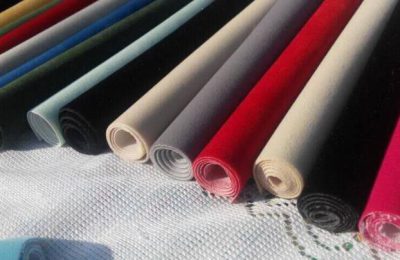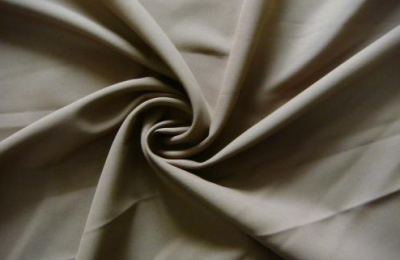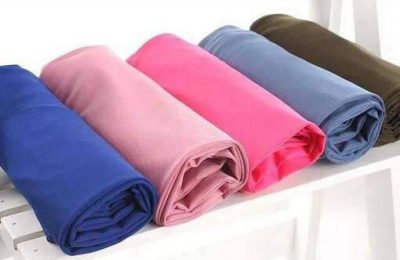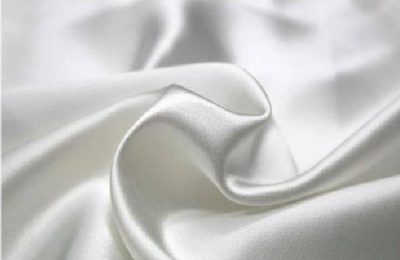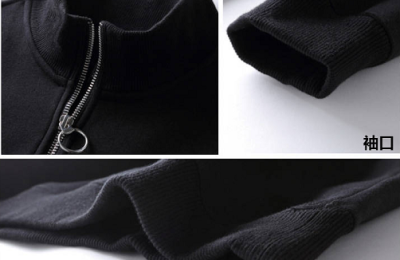The separation process plays an important role in daily life and industrial production. Membrane separation, as a technology with simple operation, high space utilization, energy saving and emission reduction, promotes the continuous progress and development of the separation industry, and thus also A washable mask film was developed.
General medical surgical masks use physical electrostatic adsorption technology to filter solid particles, but electrostatic adsorption masks have a huge disadvantage: when static electricity is added, it is not always in a saturated state. During the mask production, packaging, factory, and transportation , and every step of opening and using it in the hands of consumers will gradually reduce the static electricity content in the non-woven fabric layer, and the attenuation of static electricity will inevitably lead to a decrease in the protective effectiveness of the melt-blown non-woven mask, which can only be used once.
The washable mask film is a microporous film formed by stretching polytetrafluoroethylene resin particles at a temperature below the melting point and forming hot spots. It is a flexible and elastic microporous material with a pore size distribution Uniform, breathable and impermeable.
The surface is composed of 100~200 nanofibers staggered into holes. After the fiber diameter is reduced to the nanometer level, the surface area increases, the pore size becomes smaller, and the pore volume increases, which can effectively block PM2.5.
It also has a fibrillar microporous structure with a porosity of more than 88%, 1.4 billion micropores per square centimeter, and a pore size range of 0.1μm-0.5μm.
The surface of the washable mask membrane is composed of 100~200 nanofibers staggered into holes. After the fiber diameter is reduced to the nanometer level, the surface area increases, the pore size becomes smaller, and the pore volume increases, which can effectively block PM2.5.
It also has a fibrillar microporous structure with a porosity of more than 88%, 1.4 billion micropores per square centimeter, and a pore size range of 0.1μm-0.5μm.
</p



